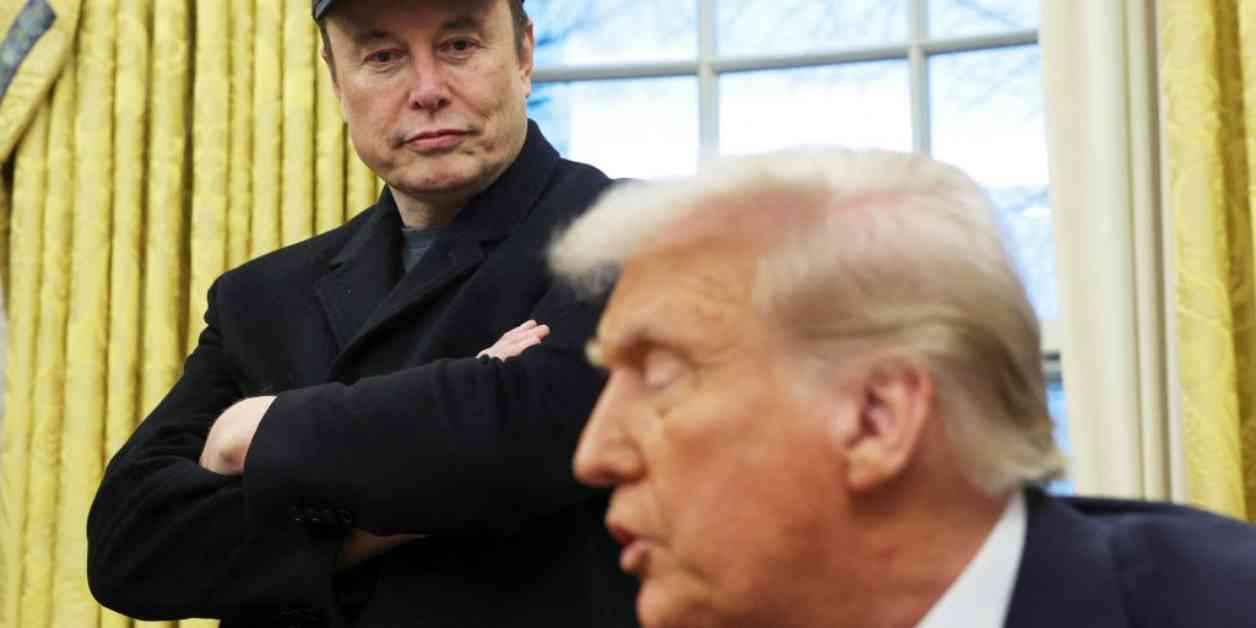In a recent dream, James Fishback envisioned a bold concept: issuing dividend checks to American taxpayers using the savings generated by Elon Musk’s Department of Government Efficiency. This innovative idea gained traction after Fishback shared it on social media, prompting a response from Musk and piquing the interest of President Trump. During the FII Priority Summit in Miami Beach, Trump publicly endorsed the proposal, suggesting that 20% of the DOGE savings could be distributed to citizens, with another 20% allocated towards reducing debt. However, a closer look reveals that low-income Americans may not reap the anticipated benefits.
A Dream Becomes a Proposal
As the CEO of Azoria and a collaborator with former presidential hopeful Vivek Ramaswamy during DOGE’s nascent stages, Fishback swiftly transformed his dream into a detailed plan. With the assistance of his firm’s lead researcher, he developed a proposal to distribute checks to millions of American households. Fishback’s proactive approach led to the proposal reaching President Trump through Musk’s intervention. The rapid progression of events underscored Musk’s ability to capture the president’s attention, highlighting the power of social media in influencing policy discussions.
The DOGE Dividend: A Closer Look
Fishback’s proposal hinges on the assumption that DOGE will generate $2 trillion in government cuts. A portion of these savings, equivalent to $400 billion, would be distributed among 79 million taxpaying households, providing each with $5,000. Notably, the dividend would be exclusive to net-income taxpayers, excluding lower-income individuals who do not pay federal income tax. Fishback’s rationale emphasizes the non-inflationary nature of the dividend, emphasizing that the funds are sourced from existing allocations rather than deficit-financed stimulus checks.
In an interview, Fishback highlighted the targeted nature of the dividend, asserting that households above a certain income threshold are more likely to save rather than spend the payments immediately. This strategic approach aims to mitigate concerns about inflationary pressures while fostering responsible financial behavior among recipients. Despite the potential benefits outlined in the proposal, skepticism remains among Republicans and economists regarding the feasibility and economic impact of implementing such a program.
Notably, Musk’s revised projections for DOGE’s savings, coupled with concerns about the economic ramifications of widespread job cuts, underscore the complexity of enacting large-scale government reforms. The proposal’s implications extend beyond immediate financial gains, prompting discussions about fiscal responsibility, economic stability, and the value of government programs in sustaining national progress.
Allan Smith, a political reporter for NBC News, provides valuable insights into the evolving dialogue surrounding the DOGE dividends and their potential impact on low-income Americans. Amidst competing perspectives and uncertainties about DOGE’s projected savings, the proposal serves as a catalyst for broader conversations about economic policy, government spending, and the welfare of American taxpayers. As stakeholders navigate the intricacies of this bold initiative, the implications of redistributing government savings through dividend checks resonate across diverse political and economic landscapes, signaling a new chapter in financial governance and public welfare.


